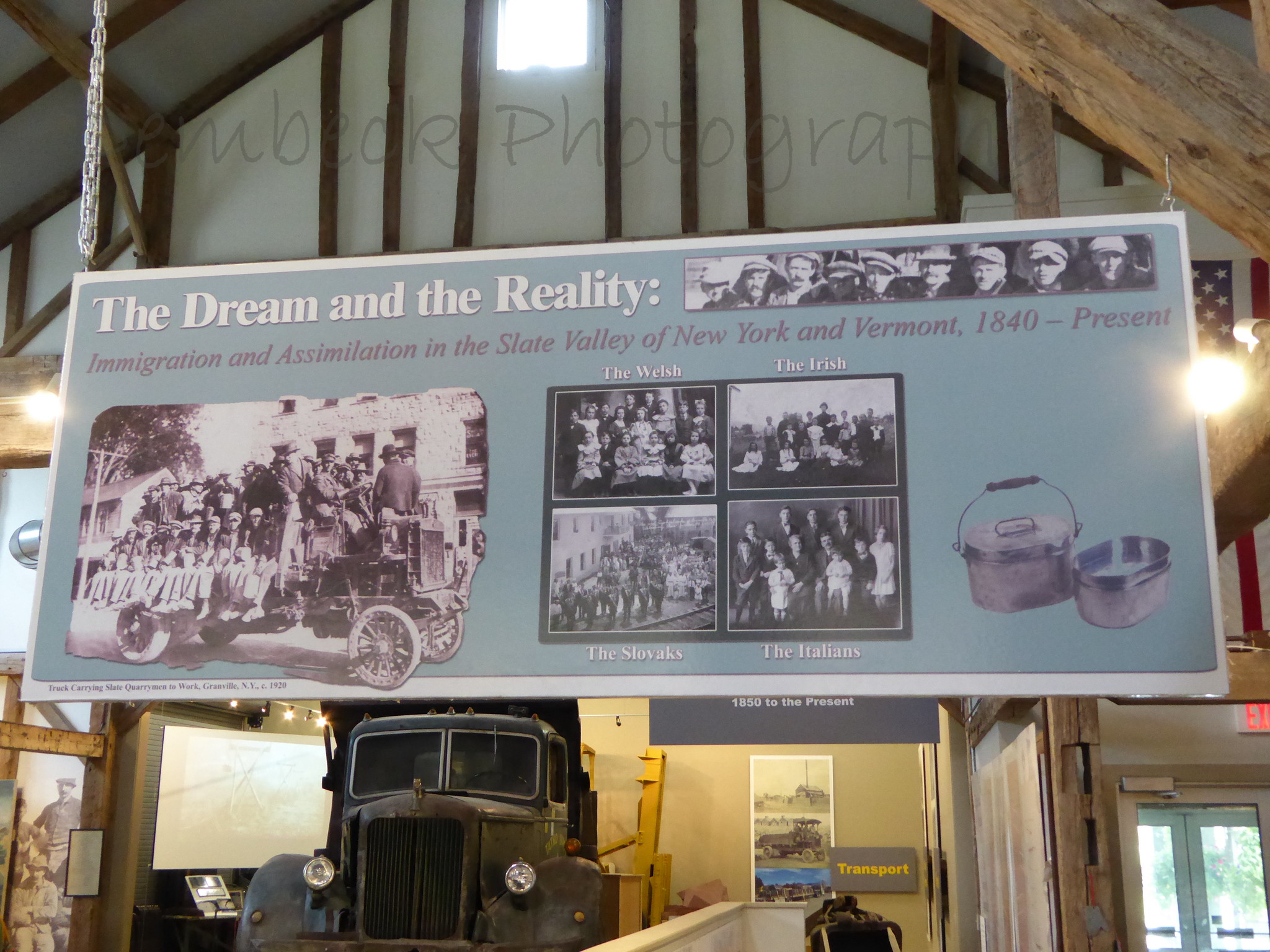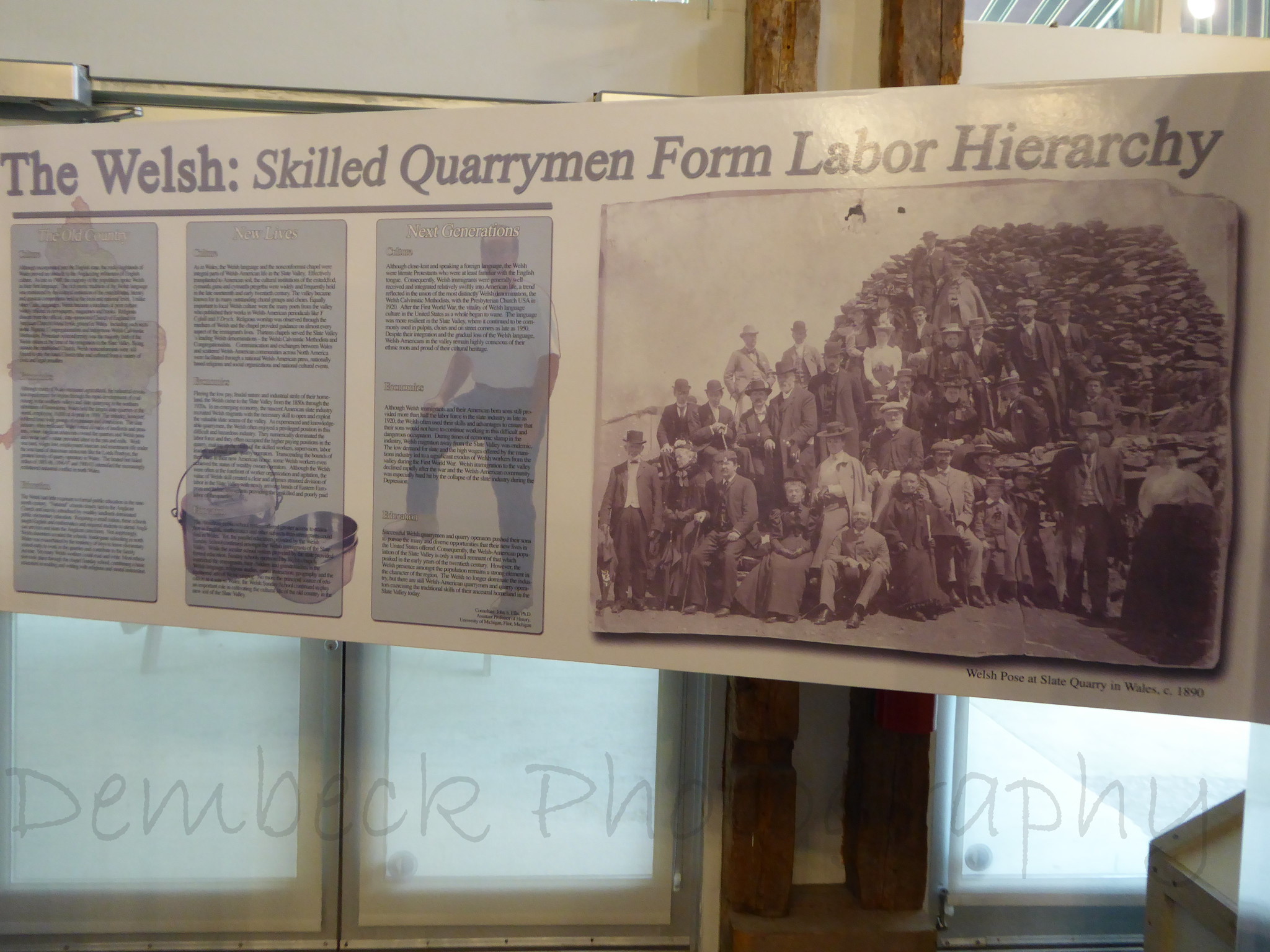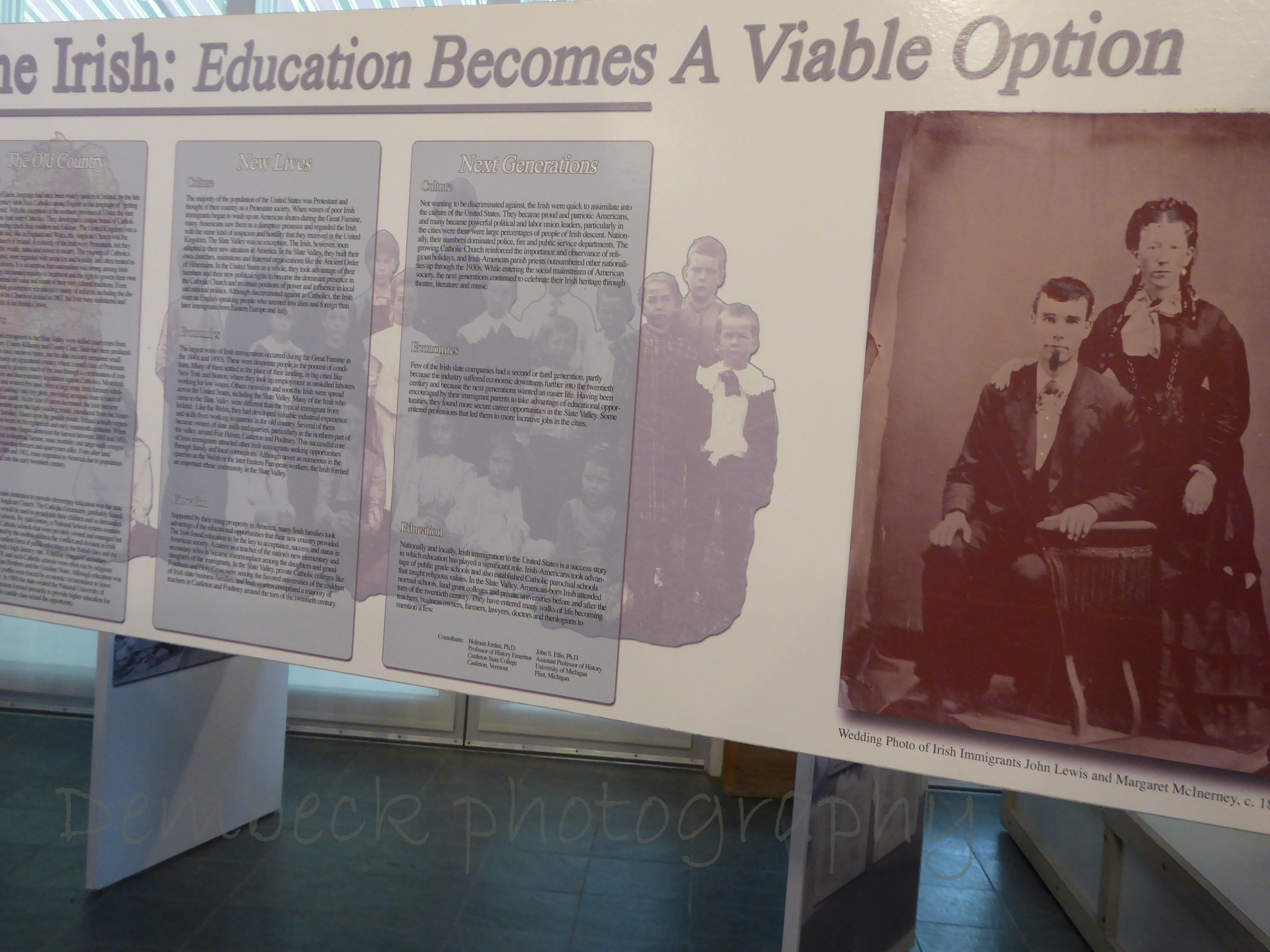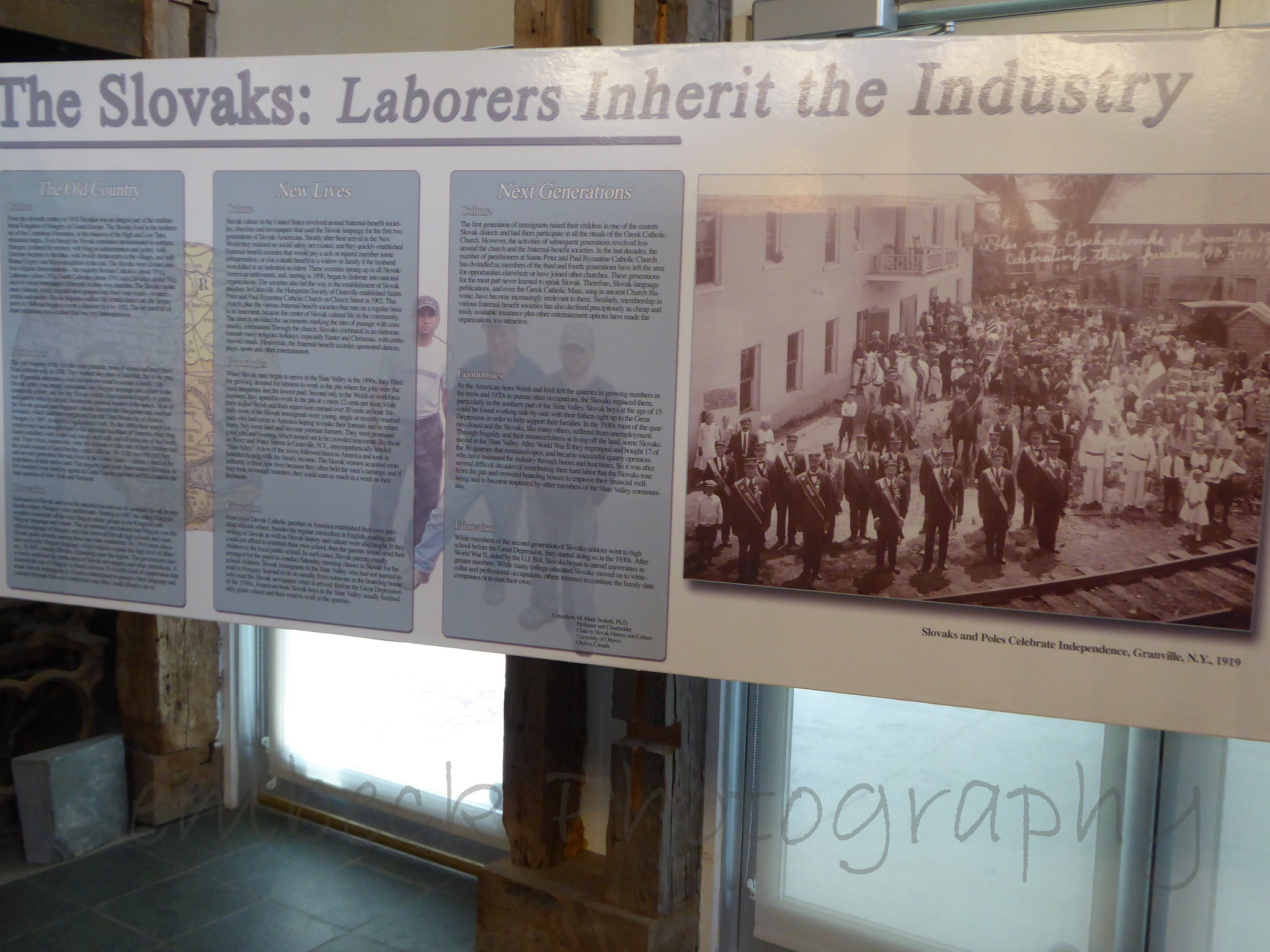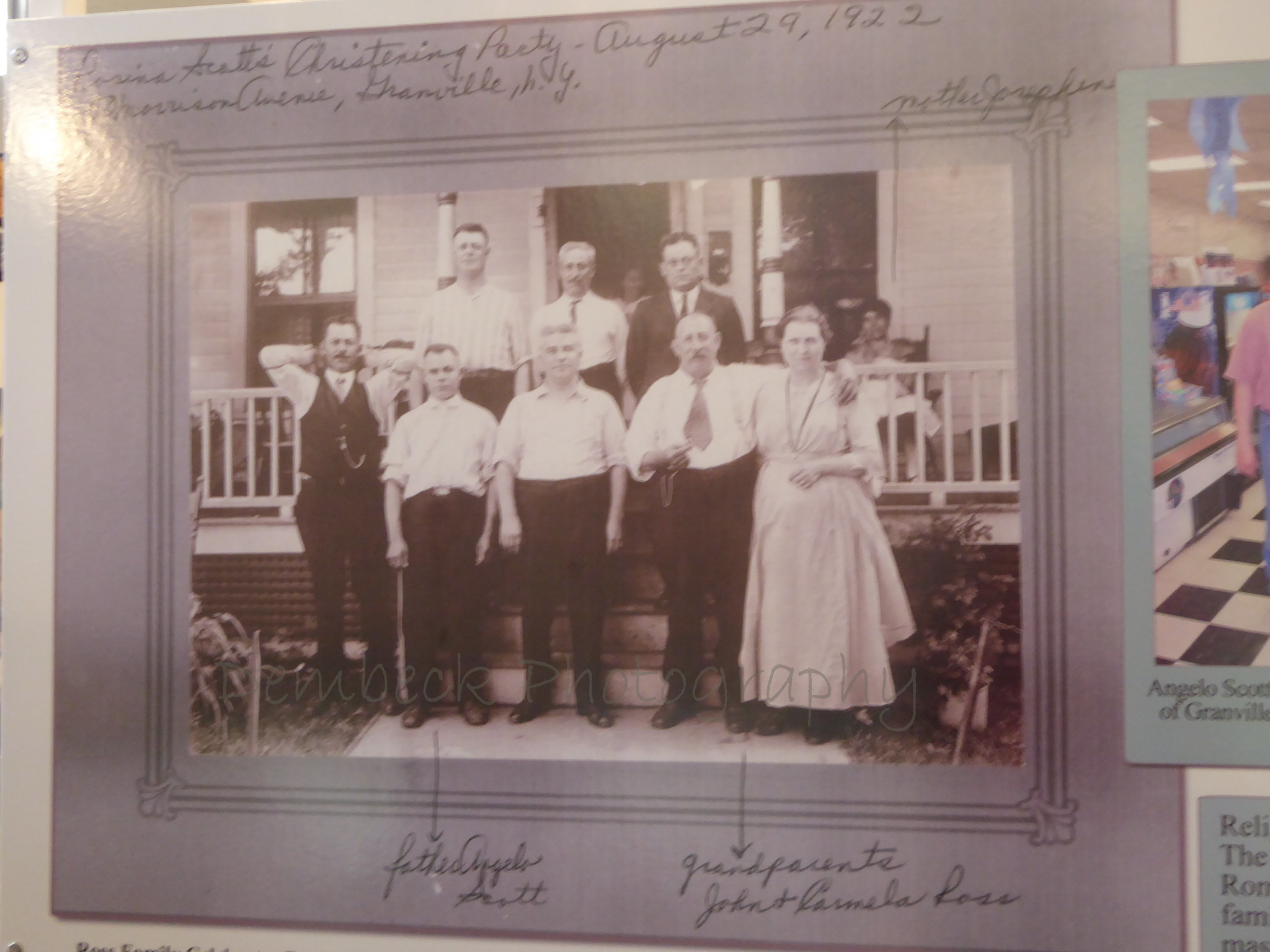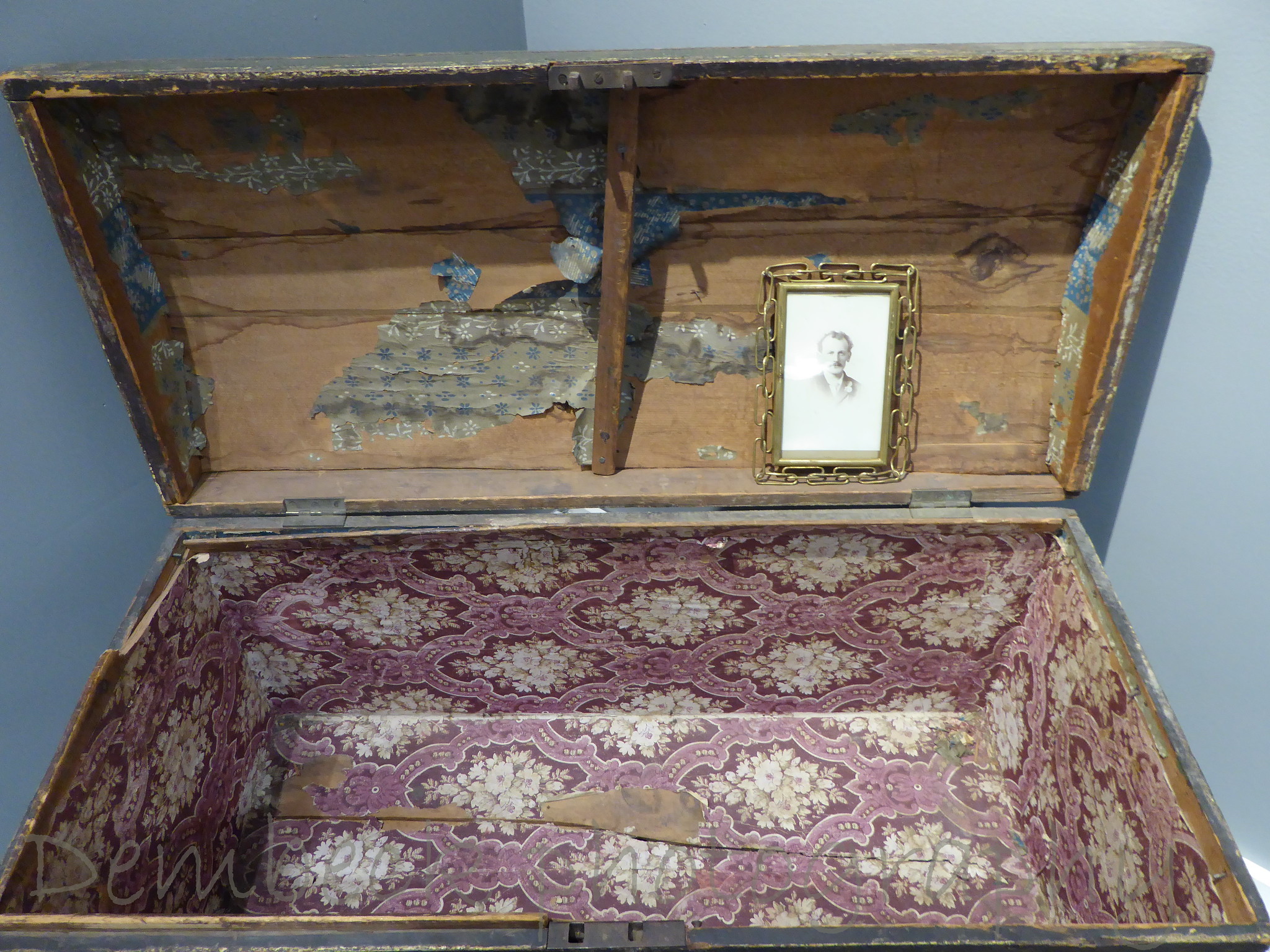 |
| Georgetown, South Carolina America's third oldest city |
At home and abroad, the world is a fascinating place, a beautiful and exciting place, and I share my wonder and pleasure in travel on my blog--through experiences, photos, and books.
Friday, July 31, 2015
FRIDAY'S FOTO -- GEORGETOWN, SOUTH CAROLINA'S HARBORWALK
Labels:
Friday's Fotos,
South Carolina
Wendy Dembeck ©2013
Georgetown, SC 29440, USA
Friday, July 24, 2015
FRIDAY'S FOTO -- BEAUTIFUL ARUBA
 |
| When I think of Aruba, I think of its warmth and its vibrancy--its colors being a feast for the senses. The red boat is the Bon Bini -- Welcome in Papiamento |
Tuesday, July 21, 2015
A HIDDEN GEM--THE SLATE VALLEY MUSEUM, GRANVILLE, NY
 |
| Imagine this sign today |
Robyn lives in Granville, a small town in the shadows of the majestic Adirondack Mountains, a place to visit and to marvel at nature with each turn of the head and in whatever season you are lucky enough to enjoy there. She loves it in Granville, and she loves the small-town living that is so different from the way we grew up in New York City.
Granville’s claim to worldwide fame is its slate deposits which were discovered in the mid-1800s and became its chief industry. The industry remains active today, but, of course, industrial methods have changed. Granville has the only working red slate quarries in the world, and the slate is shipped all over the globe. My sister’s driveway is composed of crushed red slate, and when you drive its distance, especially in summer when it is red against the green, green, grass, you can appreciate the slate’s unique qualities.
Some descendants of the original workers still live in the area, still own or work at the quarries, and still proudly carry on the tradition that gave people looking for a new life a reason to settle in Granville and its environs.
The Slate Museum is located in downtown Granville, and in addition to the expected exhibits on the geology, the development of machinery to better access and move the slate, and photographs of the people who worked and who still work at the quarries, there is an exhibit which includes a history of the people who came to Granville to find a new and better life working in the town and in the slate quarries. I read every piece about these people and looked at the marvelous photographs beautifully preserved. This, to me, was the WOW factor, a trip back in time moving forward toward today.
The exhibit entitled The Dream and the Reality looks at the five major immigrant groups that came to Granville, each seeking a way to make a living in a new land. Italian, Welsh, Jewish, Slovak, and Irish. They created a thriving community, and they left their permanent mark on the area. But theirs is also the story of America.
When slate was discovered in the area just prior to the Civil War, needed laborers had to be recruited. Many of these men developed their skills in Wales where some of the largest slate quarries existed. These people came in large numbers. Welsh immigrants formed a tight-knit community, first seeking a way to secure themselves financially and then maintaining their cultural heritage. No fewer than twelve Welsh chapels of various denominations existed, and there was a Men’s Welsh Choir as well. Welsh poets published in Welsh-language magazines, Welsh was spoken, and the cultural institutions of the old country continued well into the early part of the 20th century.
As many immigrant groups did, they pushed their children to educate themselves and escape the hard and dangerous life of the quarries. As those American-born children grabbed the chance of an education, they left the area to pursue different careers, and while today’s Welsh presence is just a drop of what it once was, the Welsh impact is definitely still a part of Granville.
The Irish, too, had a background in the slate quarries of Ireland. Though never as numerous as the Welsh, they came for many of the same reasons. As Catholics, they built their churches and carried on their traditions. They, too, took advantage of educational opportunities, and their children went to Fordham and Holy Cross. By the turn of the 20th century, many of the local teachers were Irish. They became prominent local businessmen or they moved to cities for better opportunities.
Later, eastern Europeans, the Slovaks, came. They were unskilled laborers who bore the brunt of the most difficult and dangerous mining jobs. The boys left school early to work in the mines. The women ran boarding houses for the often young and single immigrants. They worked to bring their families over and developed their own cultural community. As they became educated, they, too, left the area, but those who stayed endured the hard times and the Great Depression. After World War II, they bought 17 of the remaining 30 quarries and have maintained the quarry business right up until today.
Later Italians fleeing Italy's endemic poverty in the early 20th century settled to work in the slate industry. As with other groups, they kept their culture and language through the generations, but by the third or fourth generation, they, too, struck out to live different lives from their parents through the educational opportunities offered them to help make the American Dream a reality.
The Jewish population presents a slightly different story. As elsewhere in America, the Jewish people came in two waves and from two different backgrounds. The German Jews and then the Eastern Europeans. Quite different in many ways, they all experienced European bigotry where, among other restrictions, they were not allowed to own land. They came, therefore, as tradesmen and began as peddlers, working themselves up to be storeowners and tradesmen. They were the merchants in the small town and thrived in the early part of the 20th century, but as many small town businesses were decimated by the advent of shopping malls, Granville’s merchants moved on as well. As the other foreign settlers, they strove to maintain their religion and culture, but as the younger generations became more educated, they, too, left to find their lives in the cities. Today there is barely a Jewish presence in Granville, but they left their marks as civic leaders and builders in a world that offered them opportunities they could never find in their native lands.
The ways of each immigrant group, however diverse, reflect what is best in America. At first they maintained their languages and cultures at home, but as the years passed, the adults advised their children to become “Americans” and to pursue the possibilities that their adopted country offered. And they did.
I was so impressed by this exhibit, and I learned a great deal. It touched my heart. Then, as I moved on to the museum's anniversary exhibition, 20 Objects, 20 Years of Sharing Slate Valley Stories, I saw these 20 objects, hopefully, in an enlightened way.
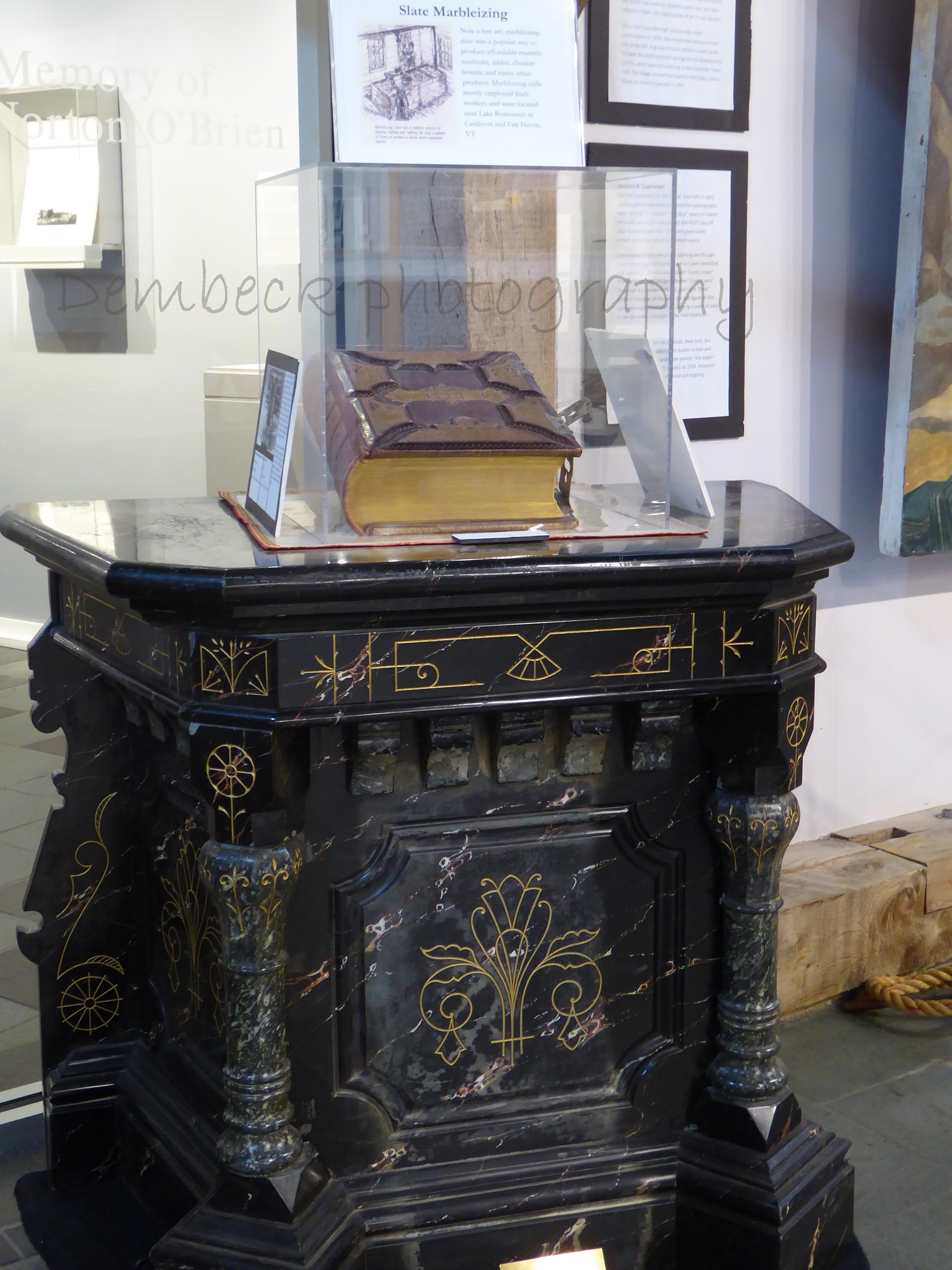 |
| In the Welsh churches, the spoken language was Welsh, and this beautiful pulpit of marbleized slate speaks beautifully of the art and industriousness of the congregants. |
 |
| This 2005 slate carving by Kerri O. Furlani commemorates the sighting of a male ivory-billed woodpecker, proof that the bird still survives. |
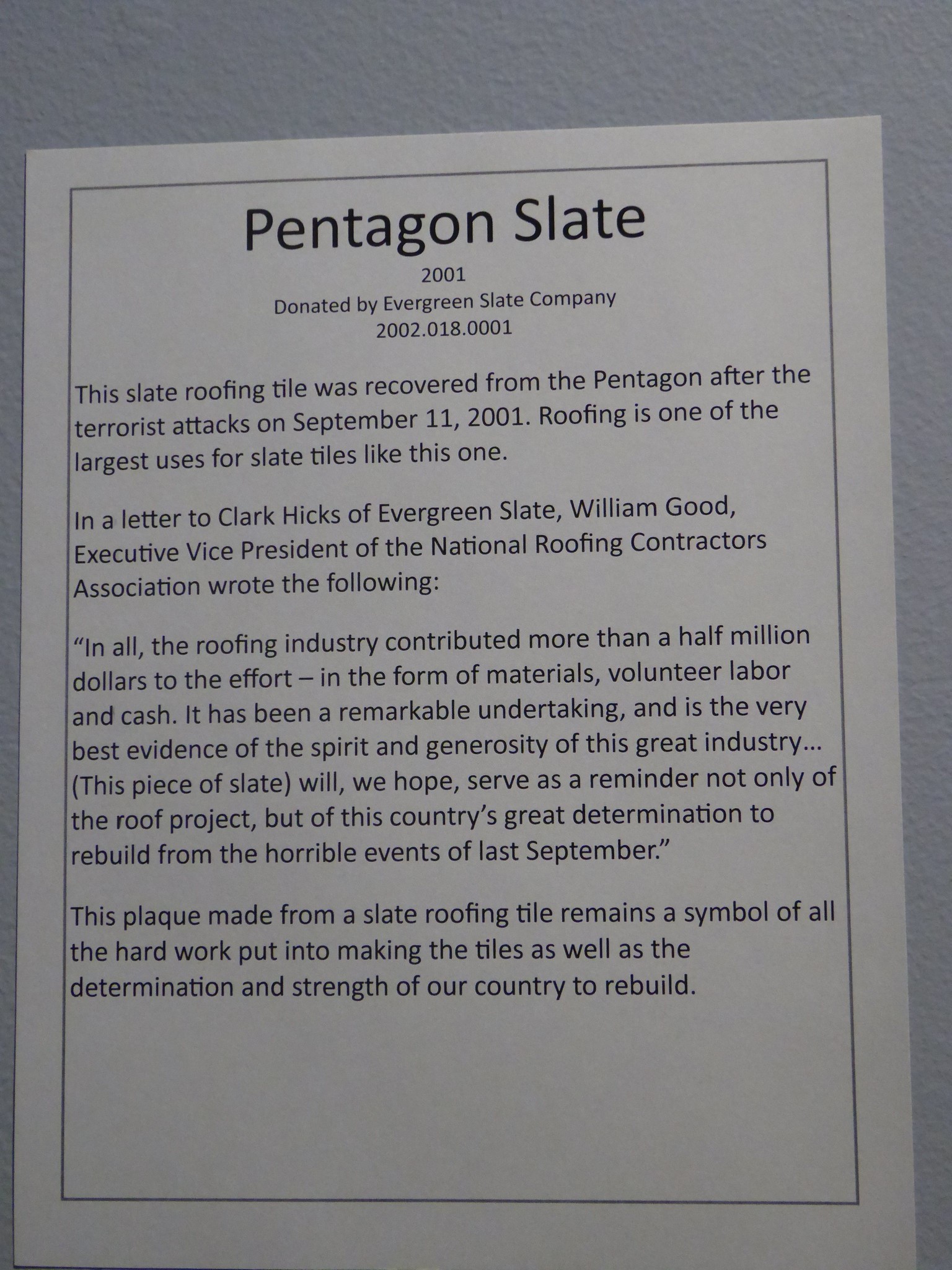 |
| The museum also contains a slate tile recovered from the Pentagon roof after the 9/11 bombing. |
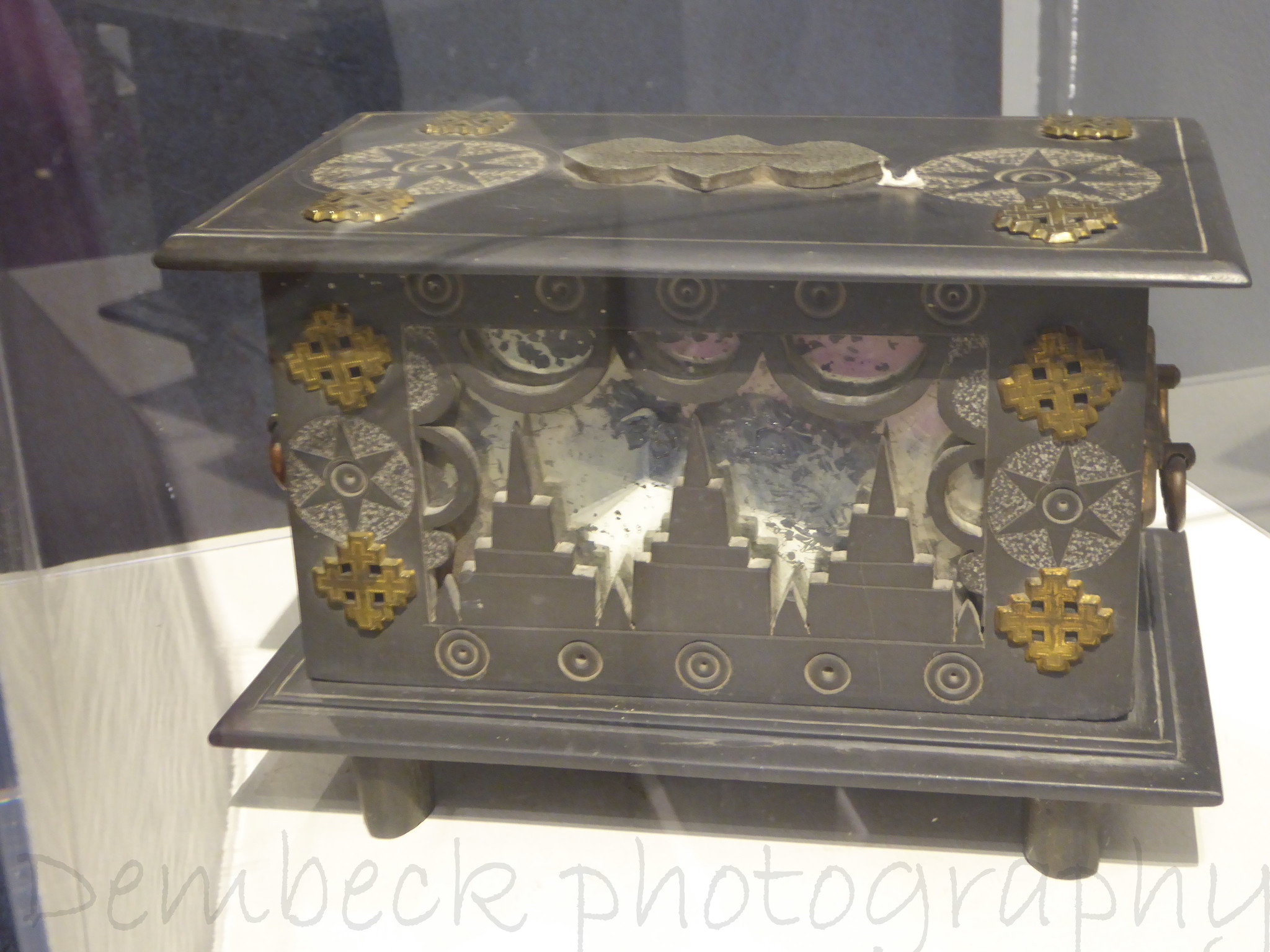 |
| In the late 1800s, David Williams crafted this bank for his son, Francis. |
Aren't these things wonderful? I never thought of slate in quite these ways before. My imagination, I guess, was a blank slate.
While we were at the museum, I also had a chance to meet the President of the Board of Trustees, Molly Biggs Celani, and another trustee, Heather Thomas. It was truly a lovely and educational visit.
I add that if you want to know more about the hard lives of Welsh miners in Wales, read How Green was My Valley by Richard LLewellyn or watch the movie starring Maureen O'Hara and Walter Pidgeon. As I was reading the information at the Slate Valley Museum, I thought of the characters in this story, although it concerns coal rather than slate mining.
While we were at the museum, I also had a chance to meet the President of the Board of Trustees, Molly Biggs Celani, and another trustee, Heather Thomas. It was truly a lovely and educational visit.
I add that if you want to know more about the hard lives of Welsh miners in Wales, read How Green was My Valley by Richard LLewellyn or watch the movie starring Maureen O'Hara and Walter Pidgeon. As I was reading the information at the Slate Valley Museum, I thought of the characters in this story, although it concerns coal rather than slate mining.
If you are anywhere near the NY/Vermont border, this impressive museum should be on your list of things to see.
Labels:
Hidden Treasures,
Museums,
New York
Wendy Dembeck ©2013
Granville, NY, USA
Subscribe to:
Comments (Atom)
